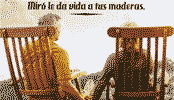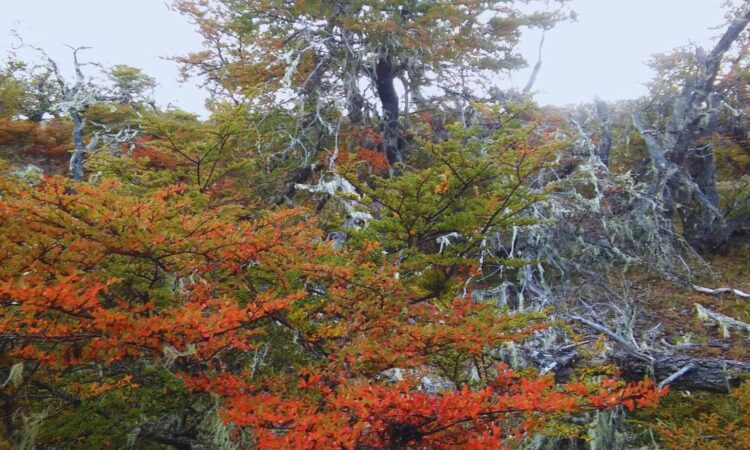
Patagônia Argentina | Pesquisadores afirmam que as florestas nativas de Ñire são resistentes às mudanças climáticas
A capacidade de resposta e a vulnerabilidade das florestas à seca e às alterações climáticas variam entre os diferentes biomas. Conhecer as respostas das árvores à seca fornece informações importantes sobre a resiliência das florestas e as mudanças na distribuição das espécies. Compartilhamos a análise do especialista do INTA Argentina, Pablo Peri.
The ñire is a native forest species that adapts to a wide variety of environmental conditions, it is found both in places with excess humidity and in dry places. This determines its wide distribution throughout Patagonia.
For this reason, a research team - made up of specialists from Argentina and Chile - carried out an investigation to find out the response of the Ñires (Nothofagus antartica) in the face of a climate change scenario. In this sense, the researchers tested the hypothesis that populations of trees that thrive in dry environments are more resistant to drought than those that grow in humid places.
Pablo Peri, coordinator of the INTA National Forest Program and one of those responsible for the research, pointed out that “the Nothofagus antartica forests were evaluated in an annual precipitation range of 500 to 2000 millimeters of rain,” and specified that at this analysis added “data on drought events in recent decades.”
“The ñire trees were not significantly affected in their growth, which indicates that it is a species that adapts to climate change events, increasing the efficiency of water use,” added Peri.
To understand the response of ñire forests to drought, the researchers determined temporal trends in radial trunk growth in 12 populations located along a strong precipitation gradient (annual precipitation of 500–2000 mm) in Chile and Argentina. .
Using dendrochronological methods, models were fitted to predict the annual increase in basal area as a function of year and drought.
They also measured carbon and oxygen isotope signals and estimated intrinsic water use efficiency to provide possible physiological causes for tree growth responses to drought.
The work demonstrates that all populations, regardless of site humidity, showed an increase in their intrinsic water use efficiency in recent decades, a trend that seems to be explained by an increase in photosynthetic rate rather than induced stomatal closure. because of the drought.
For Peri, “the absence of negative effects induced by drought on the growth of ñire trees in a tree species with a wide niche breadth is promising because it could be related to the mechanisms that tree species have to face drought events. drought".
In this sense, the researcher pointed out that "in the work we suggest that the drought resistance of Nothofagus antartica could be attributed to its short stature and relatively low growth rate."
The INTA, the Austral Center for Scientific Research (CADIC), the National Council for Scientific and Technical Research (Conicet), the University of Talca, the Patagonian Ecosystem Research Center (CIEP), the Pyrenean Institute of Ecology (IPE-CSIC) participated in the work. ), Spain Institut für Geographie, Friedrich-Alexander-Universität, Erlangen-Nürnberg.
The work “ 𝑙𝑒𝑠 𝑑𝑒 𝑛̃𝑖𝑟𝑒 𝑟𝑒𝑙𝑎𝑐𝑖𝑜𝑛𝑎𝑑𝑜 𝑎𝑙 𝑐𝑎𝑚𝑏𝑖𝑜 𝑐𝑙𝑖𝑚𝑎́𝑡𝑖𝑐𝑜” was published in the international journal Annals of Botany and is available at https://academic.oup.com/aob/article/131/6/941/7095679

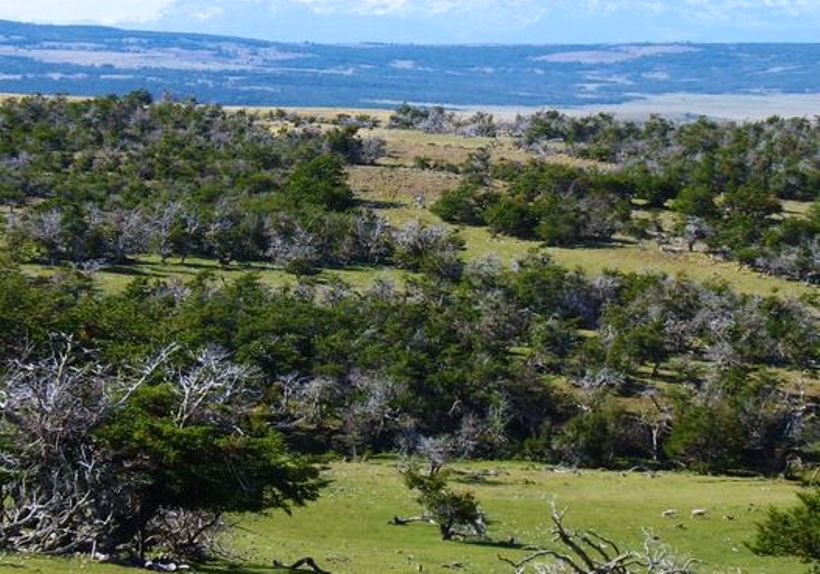

PODE LHE INTERESSAR
 Esta é a madeira que conquistará sua casa: beleza, resistência e sustentabilidade em um único material
Esta é a madeira que conquistará sua casa: beleza, resistência e sustentabilidade em um único material
A Wood Acacia é valorizada por sua durabilidade, beleza natural, fácil manutenção e sustentabilidade, o que a torna a escolha ideal para móveis e decoração, tanto interior quanto exterior.
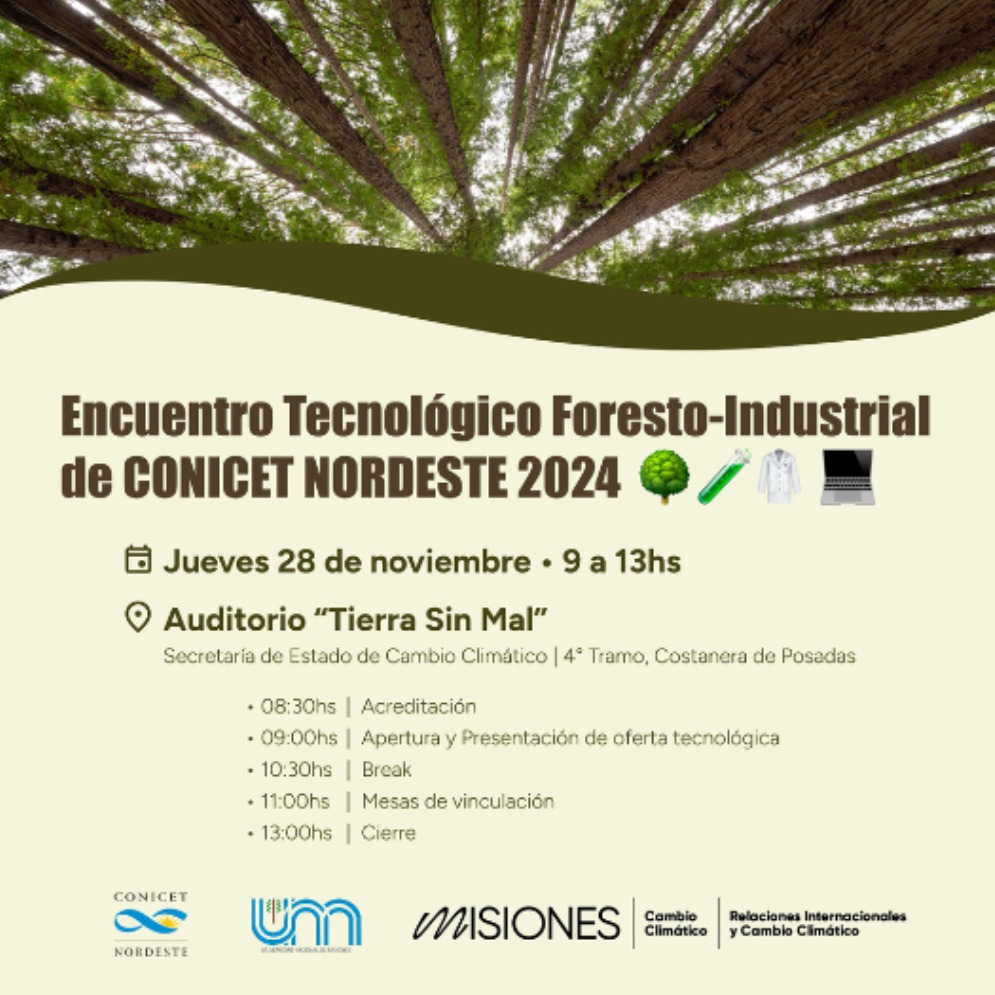 Misiones | Conicet Northeast Invoca as empresas para participar da Reunião Tecnológica Industrial Florestal 2024
Misiones | Conicet Northeast Invoca as empresas para participar da Reunião Tecnológica Industrial Florestal 2024
Em 28 de novembro, a cidade de Posadas será o cenário da Reunião Tecnológica Industrial Florestal 2024 para empresas da região, um evento organizado pela Conicet Northeast que visa fortalecer a relação entre ciência e empresas no setor da produção e indústria de madeira. O dia ocorrerá das 9h às 13h.
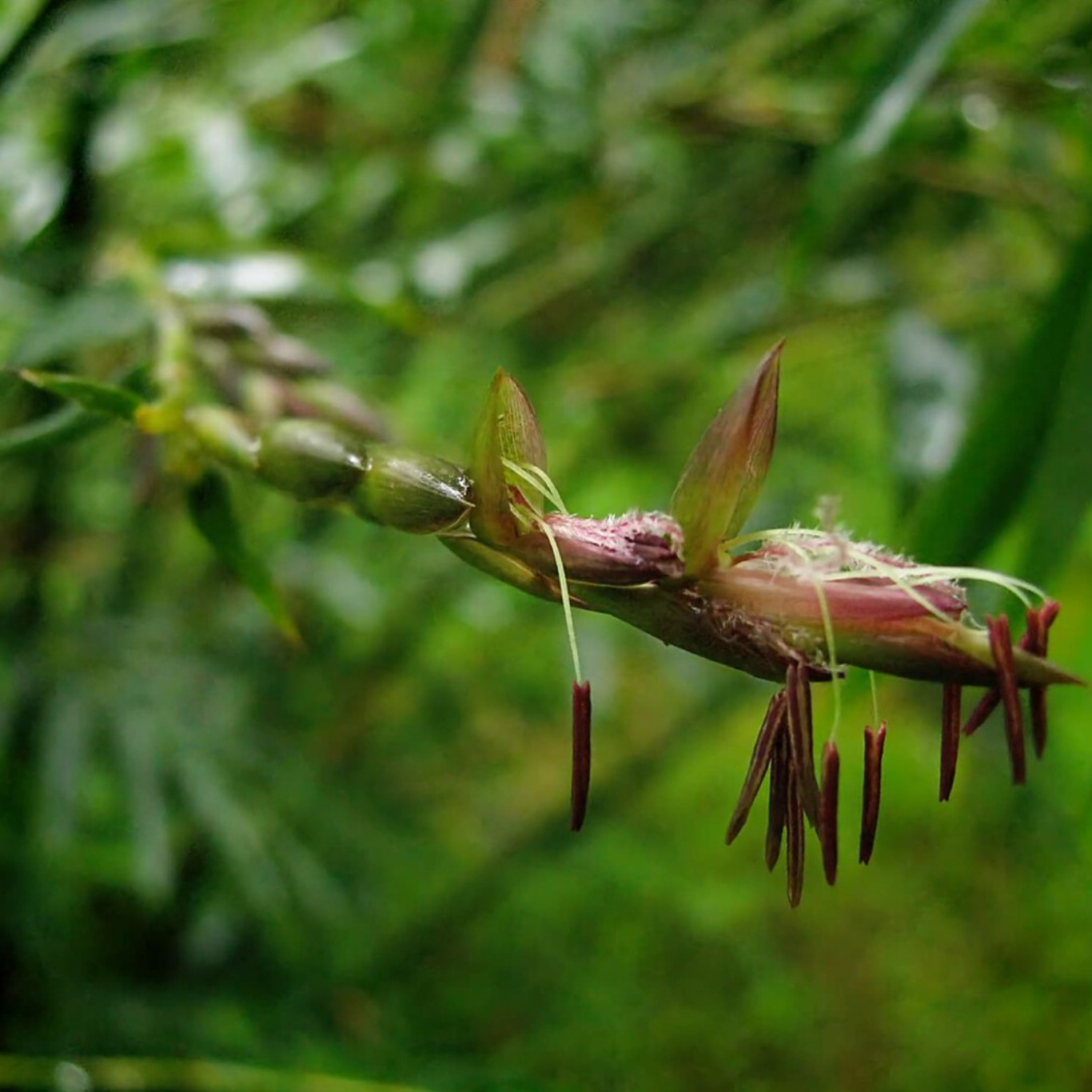 Após 120 anos de crescimento, um bambu japonês acabou de florescer. E isso é um problema
Após 120 anos de crescimento, um bambu japonês acabou de florescer. E isso é um problema
Phyllostachys nigra var. Henonis é o nome científico desta curiosa planta que dá um passeio pelo campo ou pelos parques de sua cidade ainda pode encontrar inúmeras plantas de flores, enquanto muitos outros já estão valendo a pena. Muitas das plantas ao nosso redor florescem, dão frutos e repetem essa parte de seu ciclo reprodutivo no ano seguinte. Outros demoram um pouco mais


















